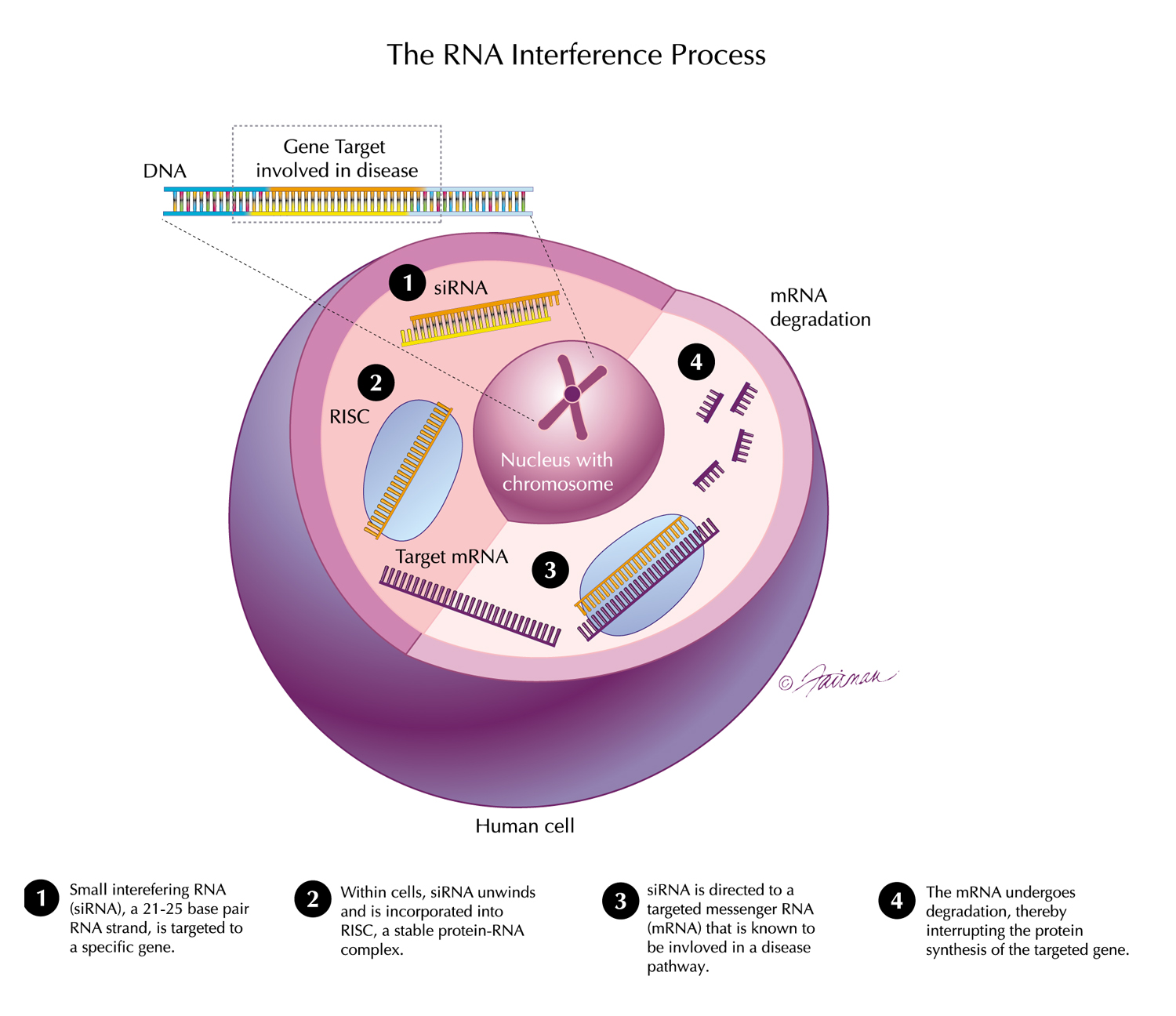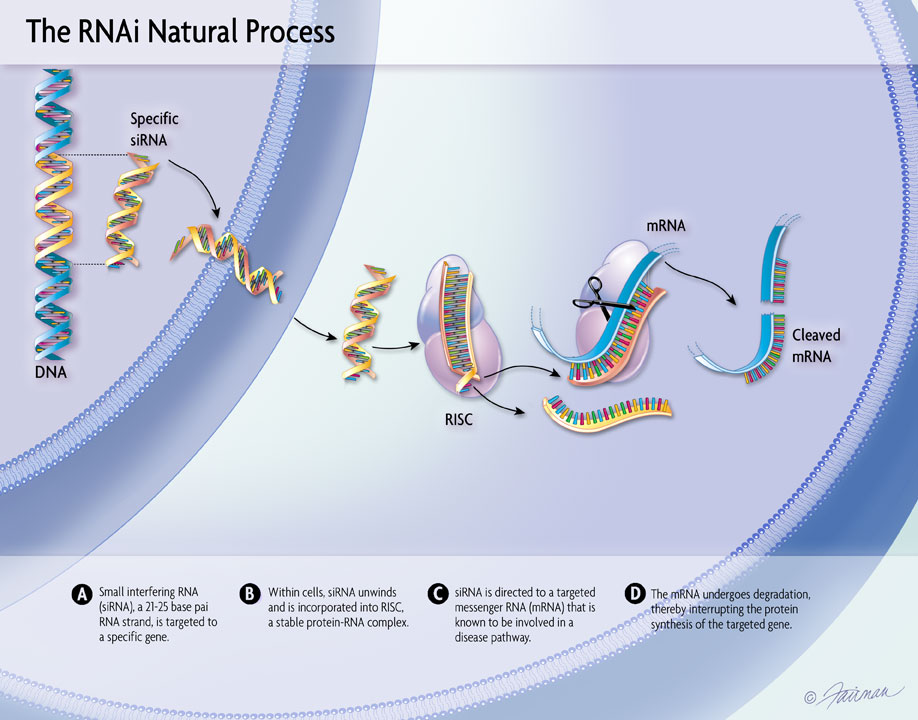24 May, 2022 New Results from ILLUMINATE-C Phase 3 Study of Lumasiran Presented at ERA-EDTA
New results from the six-month primary analysis of the ILLUMINATE-C Phase 3 open-label study of lumasiran in patients of all ages with advanced primary hyperoxaluria type 1 (PH1) were presented at the European Renal Association-European Dialysis and Transplant Association (ERA-EDTA) International Congress (May 19-22, 2022).
Findings from a separate pooled pharmacokinetic and pharmacodynamic analysis of data from four clinical trials of lumasiran were also presented.
Read the press release
Groothoff, et al. “Lumasiran for Patients With Primary Hyperoxaluria Type 1 With Impaired Kidney Function: Data From the 6-Month Analysis of the Phase 3 ILLUMINATE-C Trial”
Gansner, et al. “Pharmacokinetics and Pharmacodynamics of Lumasiran: Analysis of Four Clinical Studies”




